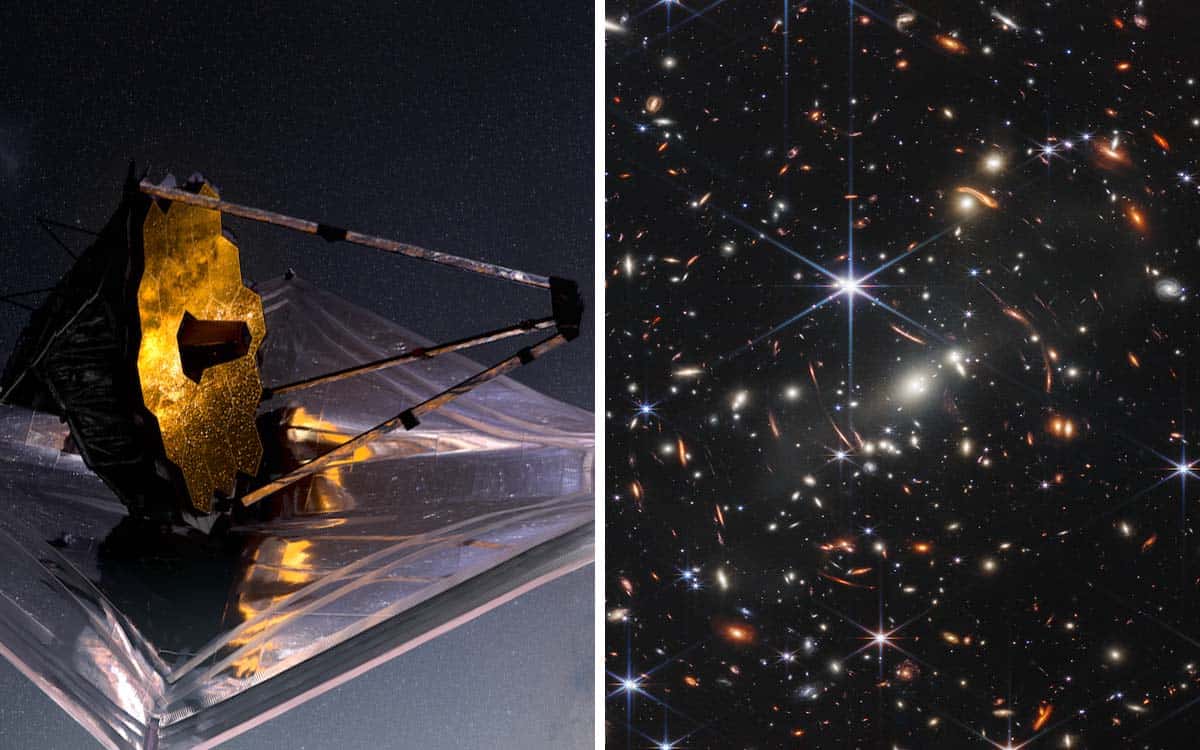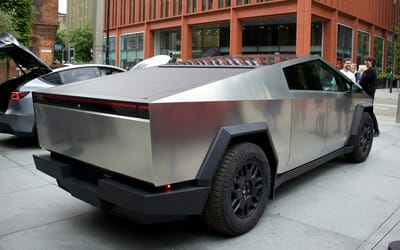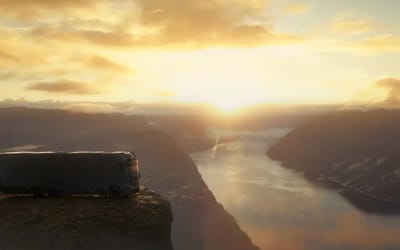NASA’s most powerful telescope captures a galaxy from 4.6 BILLION years ago
Published on Jul 12, 2022 at 12:56 PM (UTC+4)
by Patrick Jackson
Last updated on Jul 12, 2022 at 12:56 PM (UTC+4)
Edited by
Kate Bain
The NASA James Webb Space Telescope has just produced the deepest and sharpest image of space yet, revealing a galaxy from 4.6 billion years ago.
Yes, it’s powerful enough to see that many lightyears away. Crazy.
Launched by NASA, it’s the most powerful telescope ever developed.
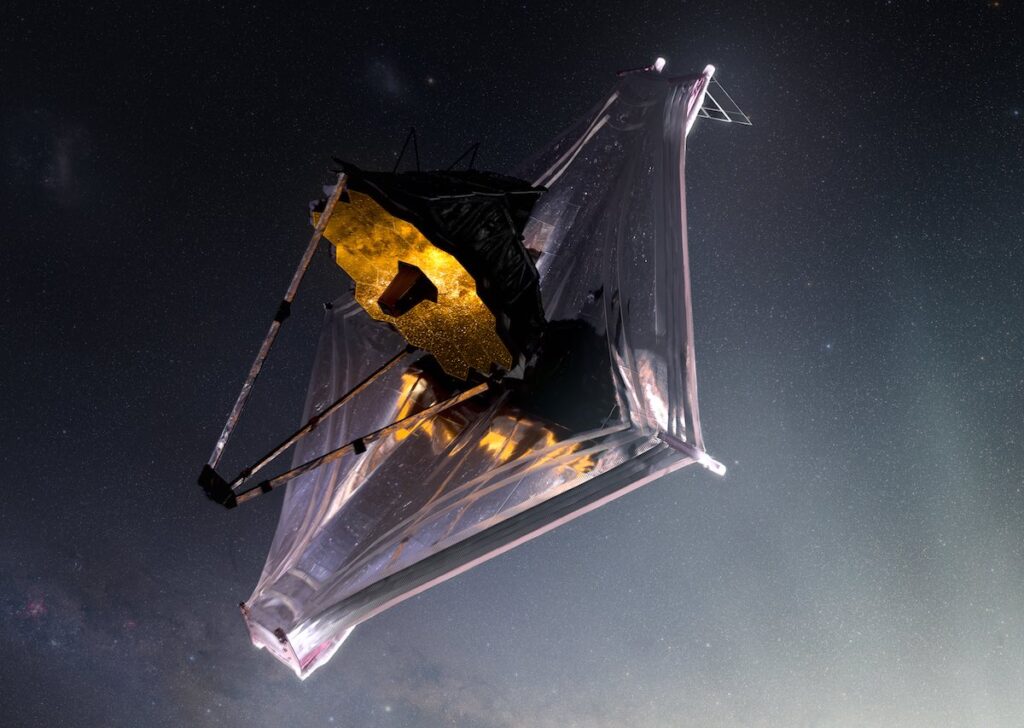
READ MORE: A Concorde with a silencer: NASA’s X-59 brings back supersonic travel with no sonic boom
It cost $10 billion to build it, but the results are arguably well worth the money.
The first image it produced is called “Webb’s First Deep Field”.
However, the plain-Jane name definitely doesn’t do the picture the justice it deserves.
But at least it got a presidential reveal, with US President Joe Biden the first to share the image online.
NASA James Webb Space Telescope image
The stunning photo depicts the galaxy SMACS 0723 as it appeared more than 4.6 billion years ago.
But it gets even better than that.
CHECK THIS OUT!
“The combined mass of [the SMACS 0723 galaxy] acts as a gravitational lens, magnifying much more distant galaxies behind it,” NASA explained in a statement.
“We are looking back more than 13 billion years,” NASA administrator Bill Nelson said.


Not only is the telescope powerful enough to see back effectively 13 billion years in the past, but it also produces images faster than the famous Hubble Space Telescope.
This first composite image took 12.5 hours to produce; Hubble took weeks to produce images that weren’t as clear or deep.
While this pic is just a teaser, the full first set of images will be revealed on July 12 at 14:30 GMT on the NASA website.
But for now, just take in how stunning this first shot is.
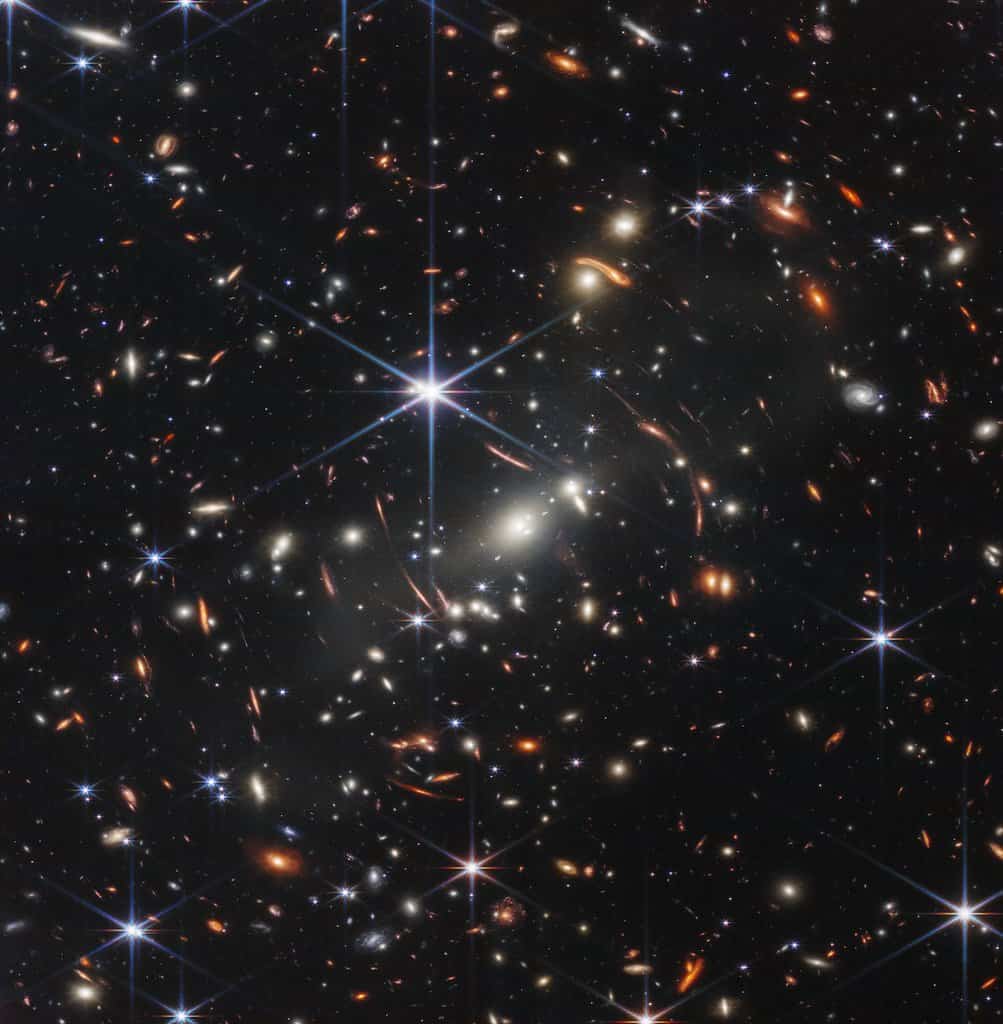
DISCOVER SBX CARS: The global premium car auction platform powered by Supercar Blondie

A car zealot from a young age, Patrick has put his childhood spent obsessing over motoring magazines and TV shows to good use over the past six years as a journalist. Fuelled by premium octane coffee, he’s contributed to Finder, DriveTribe, WhichCar, Vehicle History and Drive Section.
